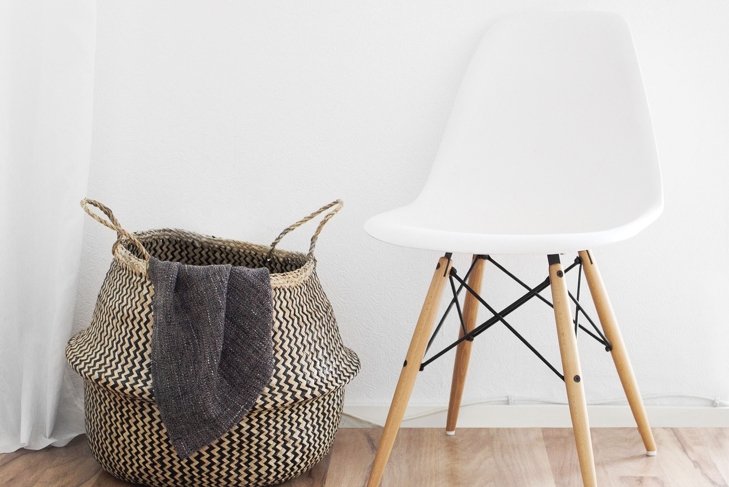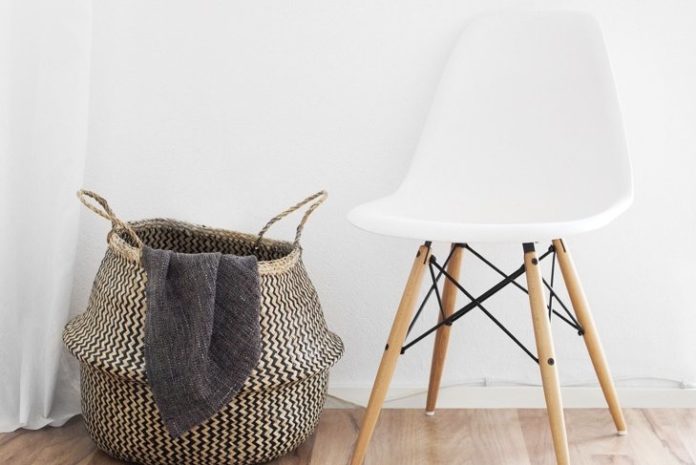
The simple joy of a decluttered space, no matter how small, can make a bad day a lot better. Maybe it’s the sense of accomplishment you get, or the spaciousness you just revealed, but the most important side effect is lower stress.
Decluttering brings relief, even if it’s just your “everything drawer” and not the whole house. Big troubles might not be solved by changing your living space, but life becomes easier when we gain control over our surroundings.
Stress, the daily companion
It’s no wonder why stress has become a frequently used word. “Good” short-lived stress makes us spring into action, while prolonged “bad” stress can affect our health and mood.
The longer stress lasts, the stronger its effects on us. Long periods of stress can increase the risk of high blood pressure, heart disease, obesity, and diabetes. It affects our mood, immune function, and social behaviour.
According to Statistics Canada, in 2010 more than one in four Canadian workers reported feeling stressed by day-to-day life. Work-related stress ranked highest, but highly stressed working Canadians had issues other than their job that caused them stress, such as money, family, lack of time, or personal problems. It can’t be all wished away, but some can be resolved.
“It is part of life to be constantly challenged by stressful situations, so ideally we want to be able to create a lifestyle that allows us to be flexible within it,” explains Catherine Cloutier, MA, a registered clinical counsellor in Kamloops, BC.
“Sometimes the biggest stressors are things that cannot be easily changed, such as family, finances, or work,” she says. Hence the need to find ways to change the variables you can and find ways to rejuvenate and keep healthy, so you can handle life, she adds.
Reclaim your time and space
Our possessions can increase our stress levels. “It is important to prioritize, deciding what to keep and to let go, and in doing so, to create boundaries and reduce the busyness of the mind and the worries associated with it,” explains Cloutier.
It’s not just the physical presence of too many things around the house that increases our stress, but the fact that we must organize, clean, and put them away until we get to enjoy them, if ever. Unused things, no matter the promise that one day you will use them, claim time and space, creating unneeded stress. Overdue chores and not enough quality time spent doing something you love can add to day-to-day life-related stress. Yet you can have both: a tidy home and less stress.
Simplifying your home by decluttering creates a beneficial ripple effect: you’ll spend less time cleaning and organizing, which means more time to do the things you love instead of putting them off.
Declutter, distress
We are overwhelmed by not only stuff, but also by information. It’s no wonder we turn toward simplifying our lives.
For Cait Flanders, a minimalism blogger and author of The Year of Less (Hay House, 2018), the impact of living with less was immediate: “I started enjoying my home rather than mostly cleaning it.” But decluttering is not a magical one-time process, cautions Flanders. It’s an ongoing journey of learning about yourself as you navigate through various stages of life.
If you find yourself organizing your closets and drawers regularly at the expense of your time and stress levels, perhaps it’s not your organizing skills you should question but whether you’re dealing with too much stuff.
Retail therapy debunked
Just like we should avoid shopping for food when hungry, we should mostly avoid shopping for nonedible items when stressed. A stressful day or time in life can hardly be resolved by a session (or more) of retail therapy. In fact, shopping adds more objects, which adds to the existing clutter without addressing much else.
“In the past, anxiety would make me go buy things, which masked the actual problem instead of solving it,” says Flanders. Also, she explains, new or existing clutter can create stress through the guilt of not being able to use them as expected after paying money to own them. “Doing what I want to do helps me feel comfortable at home and with myself, without a need for quick fixes.”
Start small and do it your way
Don’t go straight to the garage where things have been collected for years. Instead, “look at areas that constantly frustrate you, like a drawer that always gets jammed due to too much stuff, and start there. Empty the contents and go through each item,” advises Flanders. Tackling small daily annoyances first gives you relief and a sense of accomplishment, she adds.
But remember where you are in life. Minimizing possessions is harder when you have kids, for example, so be realistic about your decluttering goals.
“When you’re using a minimalistic approach, make sure to not make the solution part of the problem,” cautions Cloutier. In other words, don’t stress over not being able to declutter as you planned because life got in the way. “It’s about balance and moderation, and understanding the context you’re in.”
Decluttering for others
Create reasonable expectations when you’re dealing with someone other than yourself. “Allow for the natural process of elimination when it comes to things you can eliminate, understanding that some things are out of your control, and cannot be easily changed or at all,” says Cloutier.
Lagom: how the Swedes do it
The word itself means “just right” or “not too much, not too little.” Lagom as a concept means finding the right rhythm to move through life, so that you have time for yourself and family outside work and time to eat healthy and keep active. In a word: balance!
Keep-it-simple minimalist tips
- For each item you bring in, one goes out.
- Challenge yourself to a no-shopping week (or month, or year), save for necessities of life.
- Always ask yourself, “Why?” before making a purchase.






























